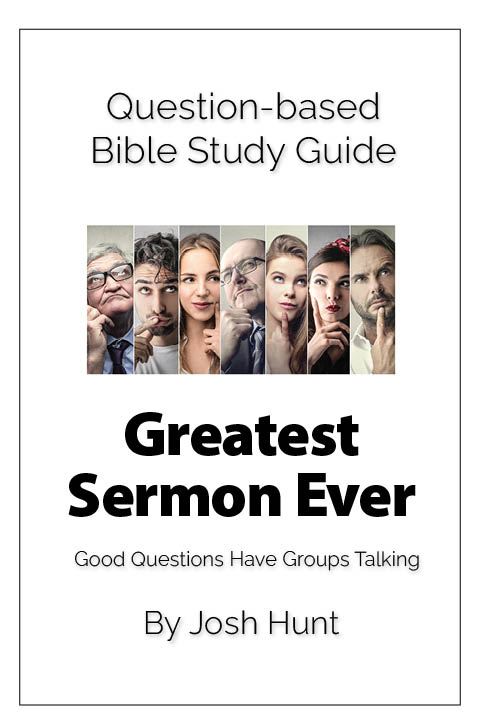Unfailing Love / Lesson #1 Unfailing Love / Lesson #2 Unfailing Love / Lesson #3 Unfailing Love / Lesson #4 Unfailing Love / Lesson #5 Unfailing Love / Lesson #6 Unfailing Love / Lesson #7 The varied themes contained in this brief epistle support the view that 1 John was a pastoral letter designed to accomplish a number of tasks in the assemblies in which it would be read. The more prominent themes are these: (1) The Gnostic movement, which developed fully in the second century, was already in its beginning stage. The entrance of Platonic philosophy into Christian thought was responsible in part for the existence of a small but vocal minority who claimed a special “knowledge” (gnōgsis, Gk.) which other believers did not possess. This knowledge centered around the concept of the essential goodness of spirit and the inherent evil of all matter. Naturally if all matter were evil, then Gnosticism would have a problem with the incarnation of Jesus—i.e., with the idea that God took upon Himself an actual body. Two methods were introduced to avoid this problem. First, the Docetic Gnostics (dokeōg, Gk., meaning “to appear”) argued that Jesus only appeared to have a body. In reality He was an apparition, a phantom. To this theory 1 John is addressed. The initial verses stress the full humanity of Jesus. The second theory is sometimes called Cerinthian Gnosticism after its chief spokesman, Cerinthus of Ephesus, a persistent opponent of John the apostle. Cerinthus believed that the divine Christ came upon the human Jesus at His baptism but left Him prior to the crucifixion. The Gospel of John was written to affirm the eternality and preexistence of the Christ who became flesh. Thus, while John’s Gospel presents the deity of Christ, his first epistle emphasizes Jesus’ full humanity. (2) A second important theme in 1 John is the assurance of salvation. Phrases emphasizing Christian certainty occur five times in this short epistle and stress the believer’s position in Christ. (3) A third prominent theme is love. The word appears in the epistle more than thirty-five times. (4) A fourth theme is that ofproper Christian behavior. The Gnostic philosophy not only had a problem with the body of Jesus but also encountered an ethical difficulty with the existence of the human body. Again two views developed. The first of these, asceticism, was an attempt to subject the evil, material body to the good spirit by rigorous denial and limitations forced on the body. The second position, antinomianism, viewed the body as hopelessly evil. One had only to be certain that the spiritual aspect of his being was sanctified. In that view, the body’s activities were not important. This attitude gave rise to unbridled license. John’s epistle is a ringing indictment against both propositions, particularly antinomianism. Criswell, W. A., Paige Patterson, E. Ray Clendenen, Daniel L. Akin, Mallory Chamberlin, Dorothy Kelley Patterson, and Jack Pogue, eds. 1991. Believer’s Study Bible. Electronic ed. Nashville: Thomas Nelson. | If you are wanting to do a particular passage or book study and can't find it, feel free to email me at josh@joshhunt.com21 Laws of Discipleship -- the book -- |


















